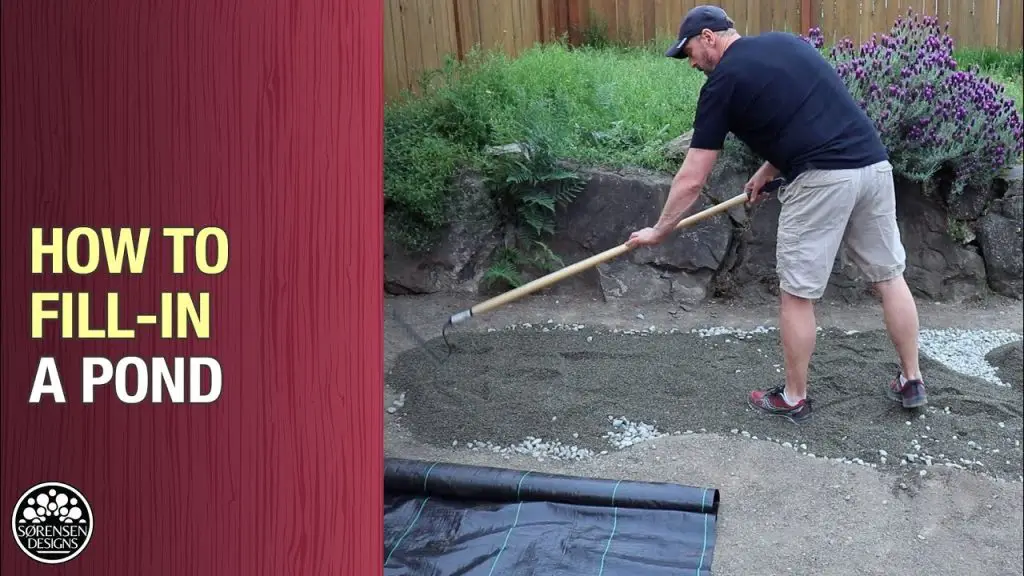Creating a pond in your backyard can be a rewarding and relaxing experience. Whether you are looking to enhance the aesthetics of your garden or provide a habitat for aquatic plants and animals, filling a pond is a crucial step in the process. In this guide, we will walk you through the steps to fill a pond successfully.
1. Choose the Right Location
Before you start filling your pond, it is essential to choose the right location. Make sure the spot you select receives a good amount of sunlight but is not in direct sunlight all day. Avoid placing the pond under trees to prevent falling leaves and debris from clogging the water.

Credit: m.youtube.com
2. Dig the Pond
Once you have selected the location, it’s time to dig the pond. Use a shovel or a backhoe to excavate the area according to the size and shape you desire for your pond. Make sure to create varying depths to accommodate different aquatic plants and animals.
3. Install a Pond Liner
After digging the pond, the next step is to install a pond liner to prevent water from seeping into the soil. Choose a high-quality pond liner that is durable and resistant to punctures. Make sure the liner is properly installed and secured in place.
4. Add Water
Once the pond liner is in place, it’s time to start filling the pond with water. You can use a garden hose or a water truck to fill the pond. Fill the pond slowly to prevent the liner from shifting or tearing. Keep an eye on the water level as you fill the pond.
5. Treat the Water
Before adding plants or fish to your pond, it is crucial to treat the water to make it safe for aquatic life. You can use water conditioners to remove chlorine and other harmful chemicals from the water. Test the water quality regularly to ensure it is suitable for plants and fish.
6. Add Plants and Fish
Now that your pond is filled and the water is treated, it’s time to add aquatic plants and fish. Choose a variety of plants such as water lilies, lotus, and water hyacinths to create a balanced ecosystem in your pond. Introduce fish like koi or goldfish to add movement and vibrancy to the pond.
7. Maintain the Pond
Once your pond is filled and stocked with plants and fish, it is essential to maintain it regularly. Clean debris like fallen leaves and algae from the water surface, trim overgrown plants, and monitor the water quality. Regular maintenance will ensure a healthy and thriving pond ecosystem.
8. Consider a Water Feature
To enhance the beauty and functionality of your pond, consider adding a water feature such as a fountain or waterfall. A water feature can help aerate the water, add visual interest, and create a soothing ambiance in your backyard. Choose a water feature that complements the design of your pond.
9. Create a Surrounding Landscape
To complete the look of your pond, create a surrounding landscape that blends seamlessly with the water feature. Add rocks, stones, and aquatic plants around the pond to create a natural and harmonious environment. Consider adding lighting to highlight the pond at night.

Credit: www.yardfocus.com
10. Enjoy Your Pond
Now that you have successfully filled your pond and created a beautiful aquatic habitat in your backyard, it’s time to sit back, relax, and enjoy the tranquility of your pond. Spend time observing the fish, listening to the soothing sound of water, and connecting with nature right in your own backyard.
By following these steps, you can create a stunning pond that not only enhances the beauty of your garden but also provides a peaceful retreat for you to unwind and reconnect with nature. Filling a pond is a rewarding experience that will bring joy and relaxation to your outdoor space for years to come.





